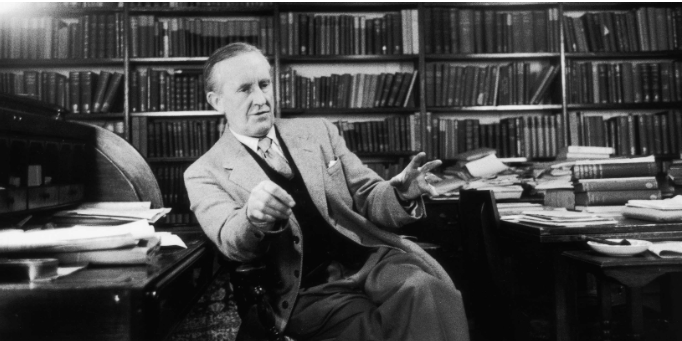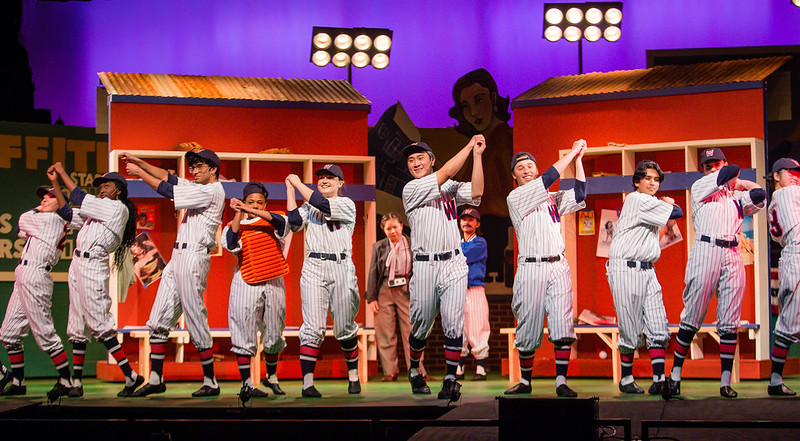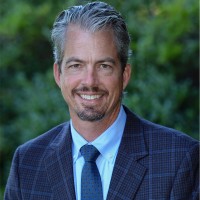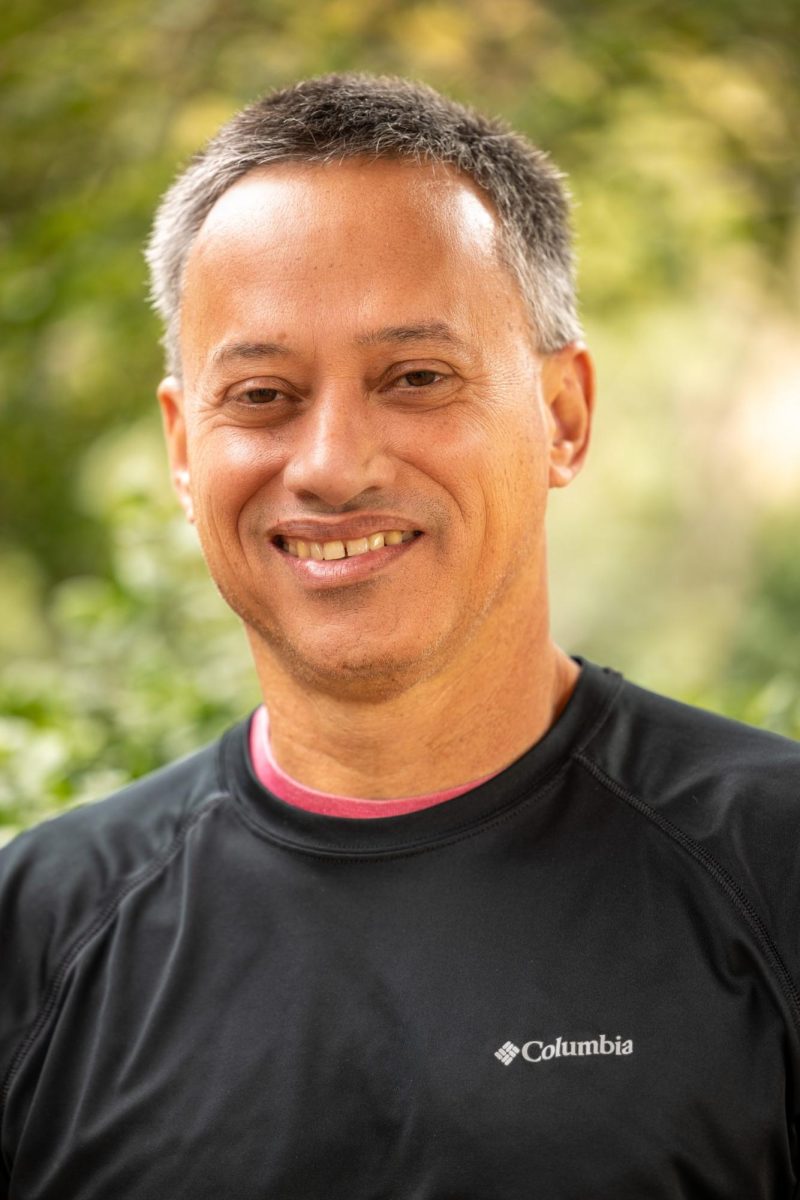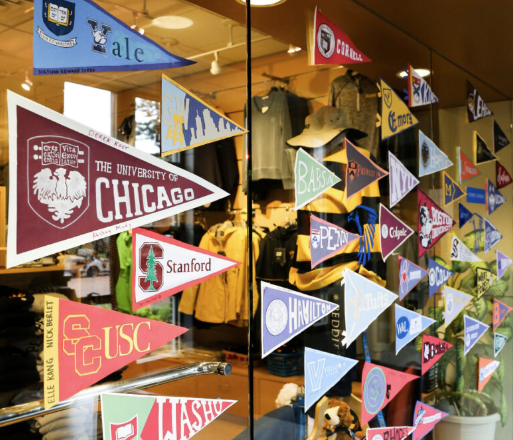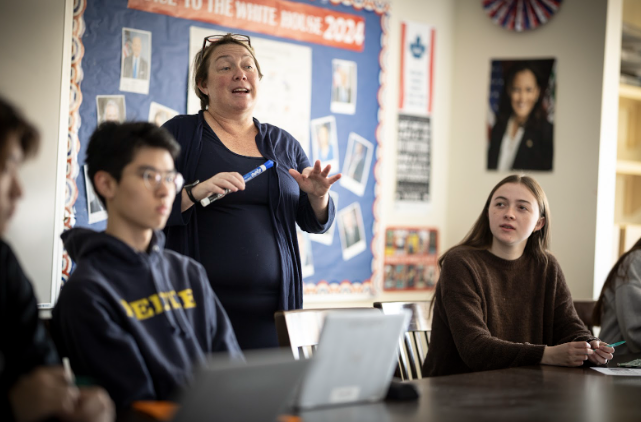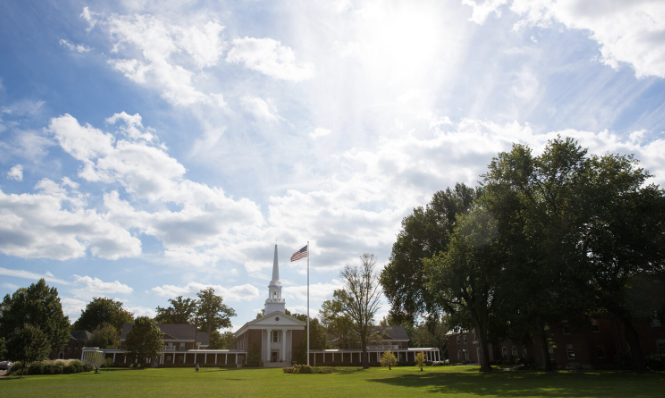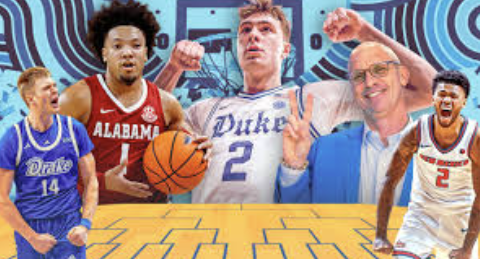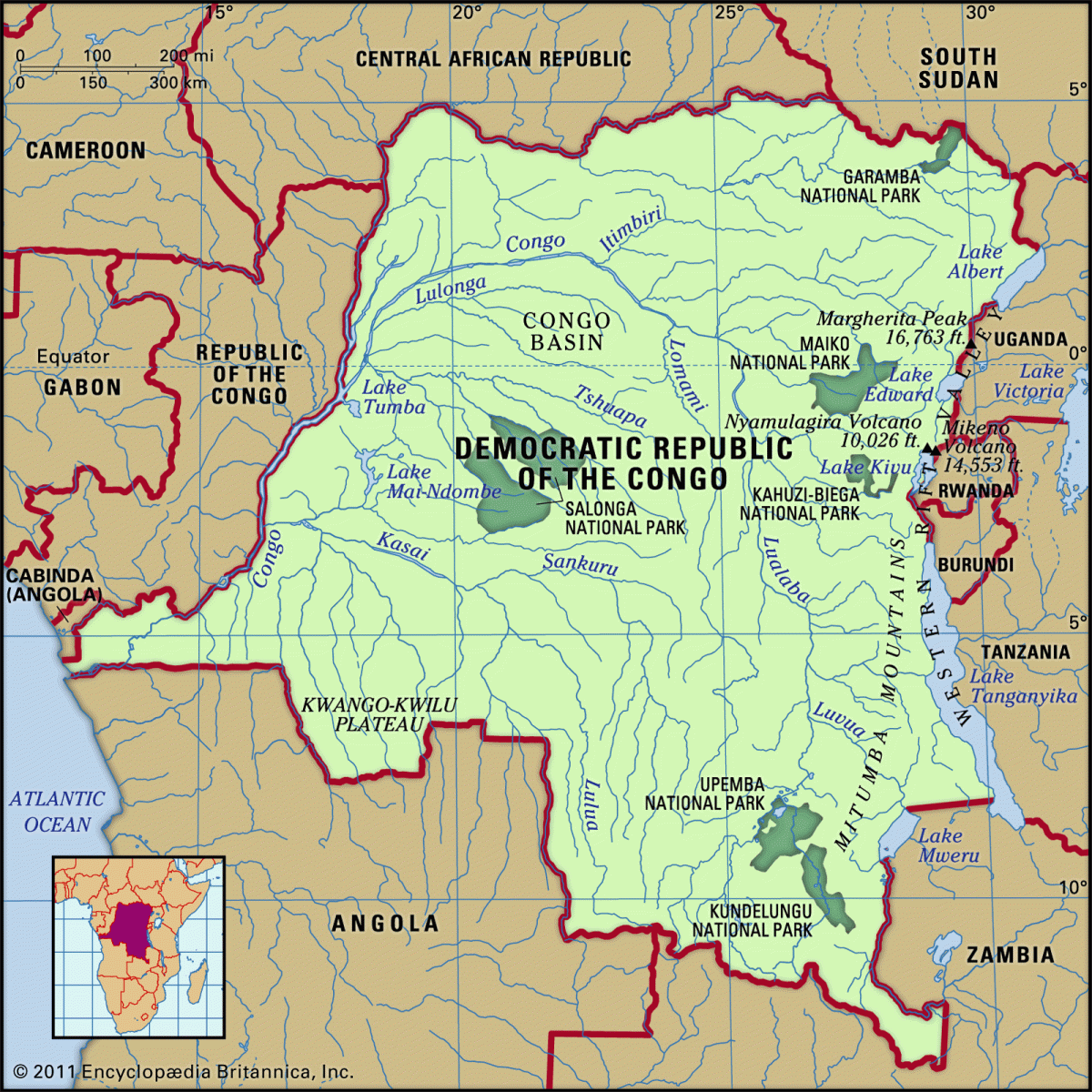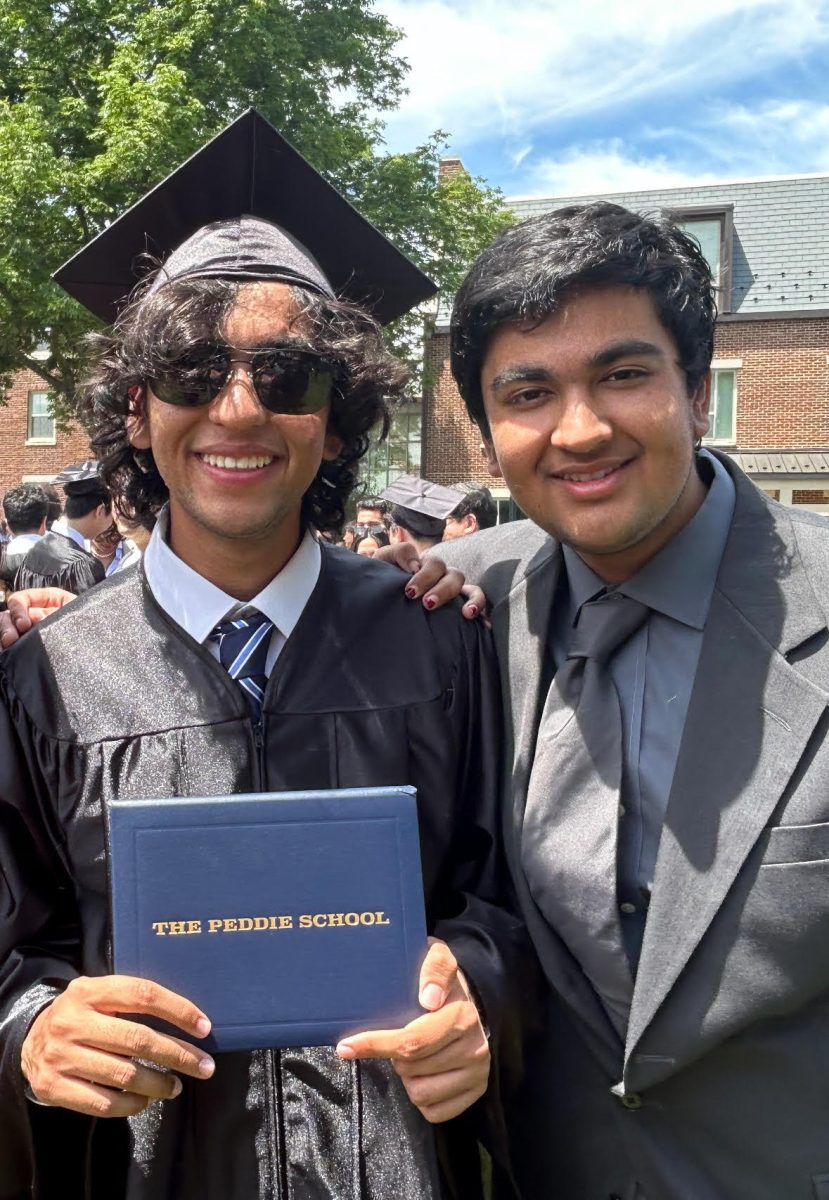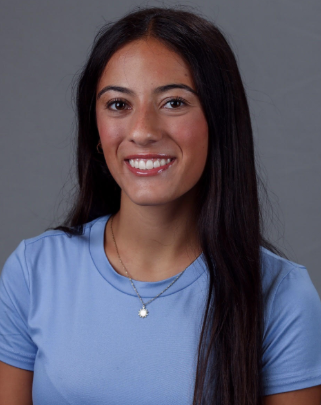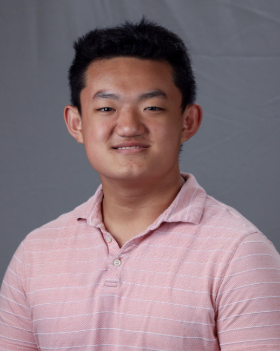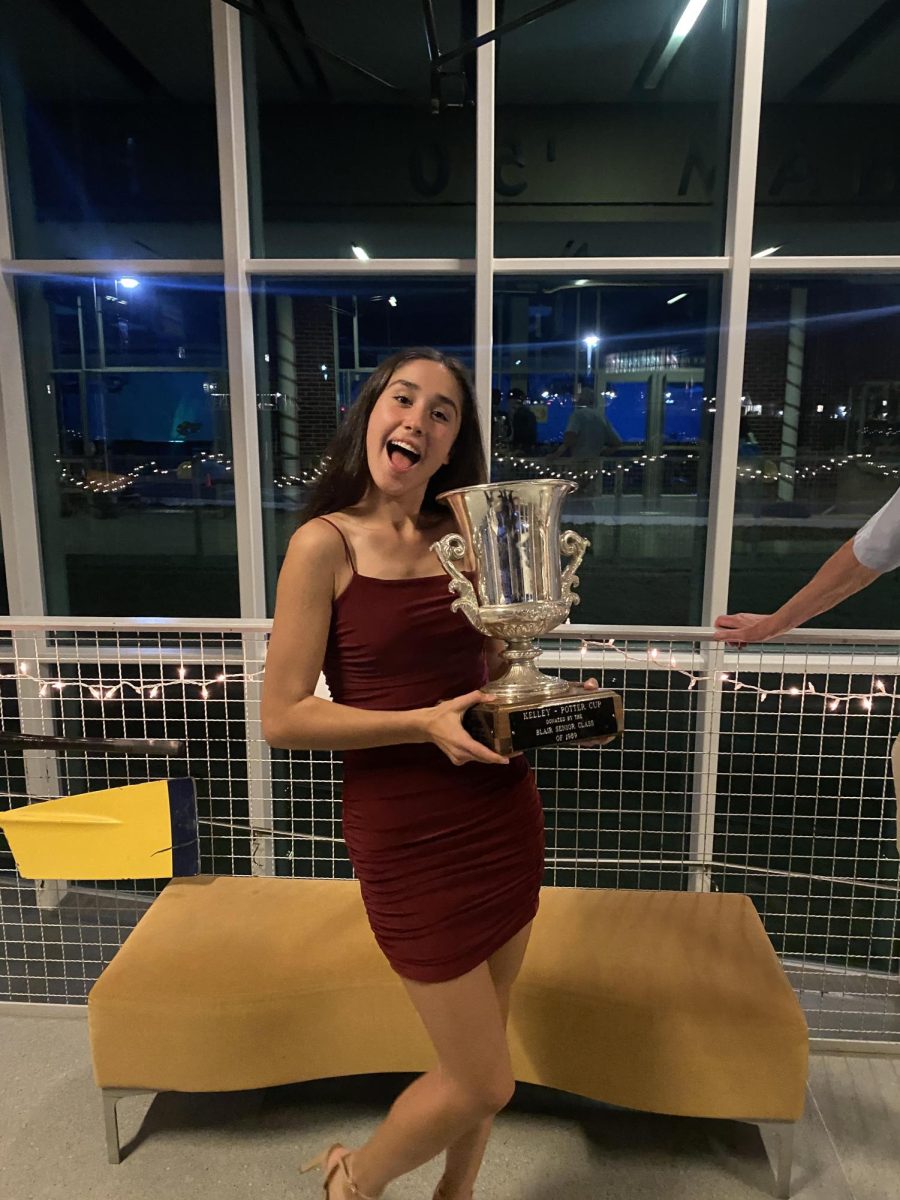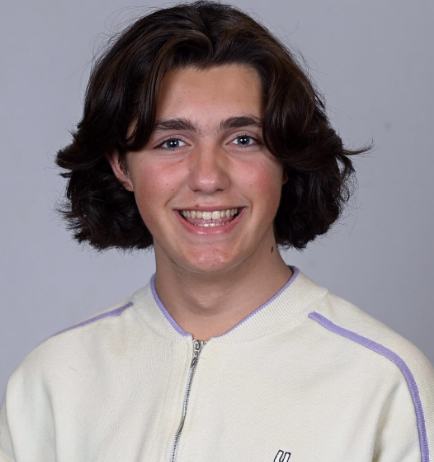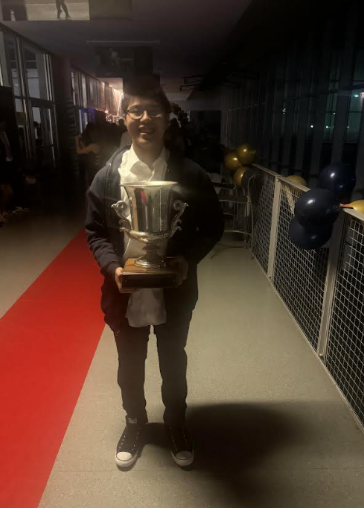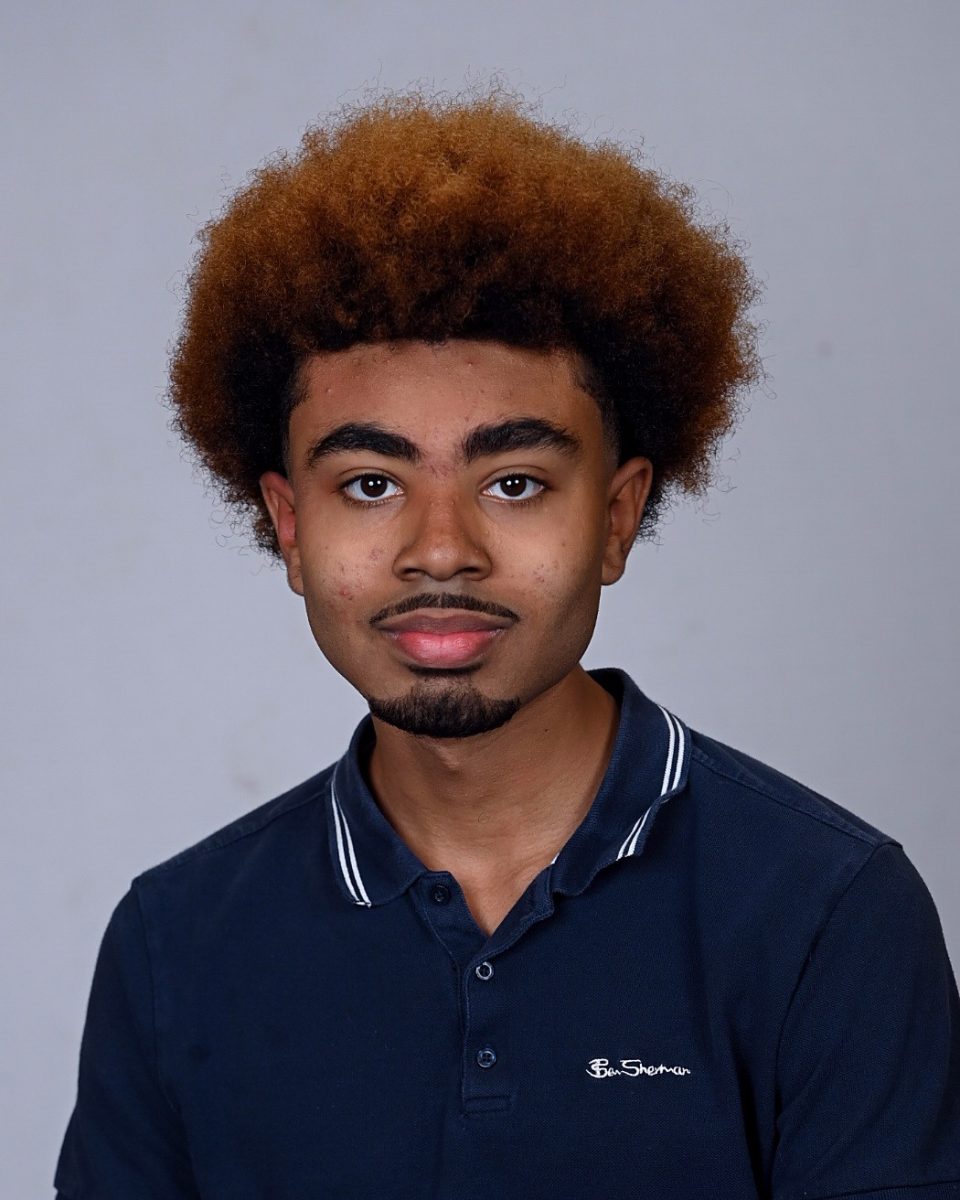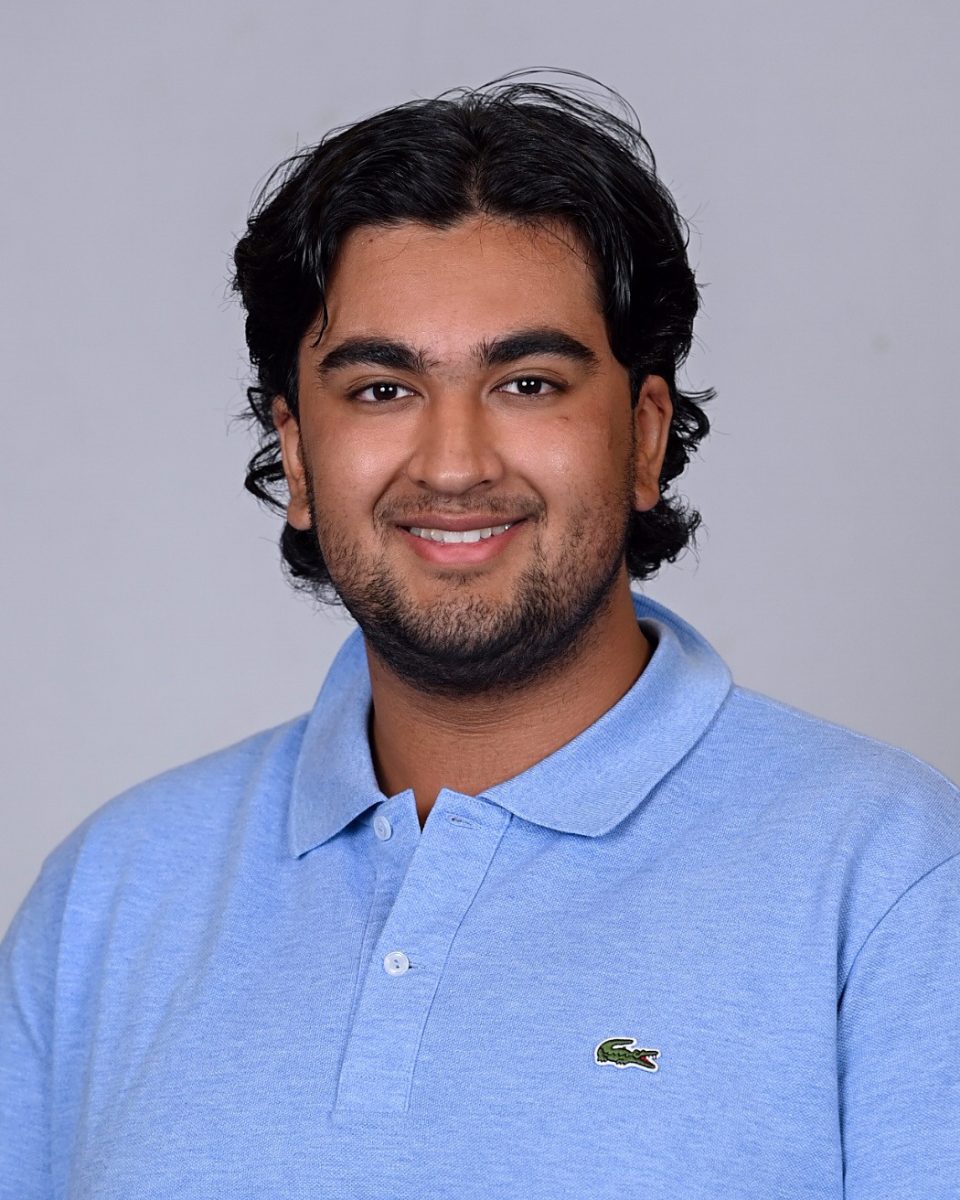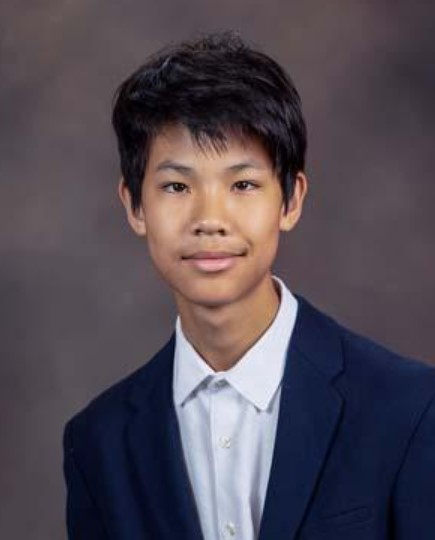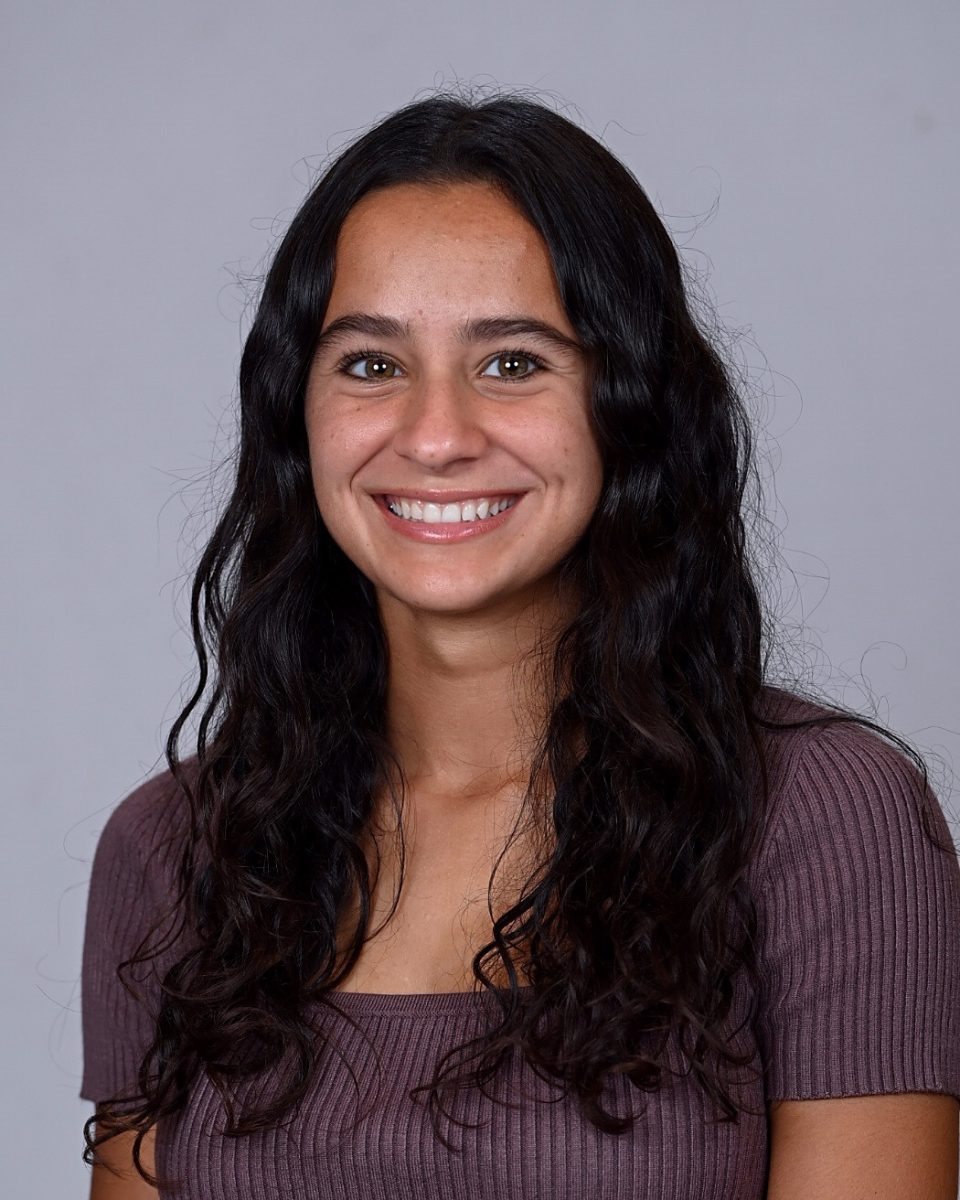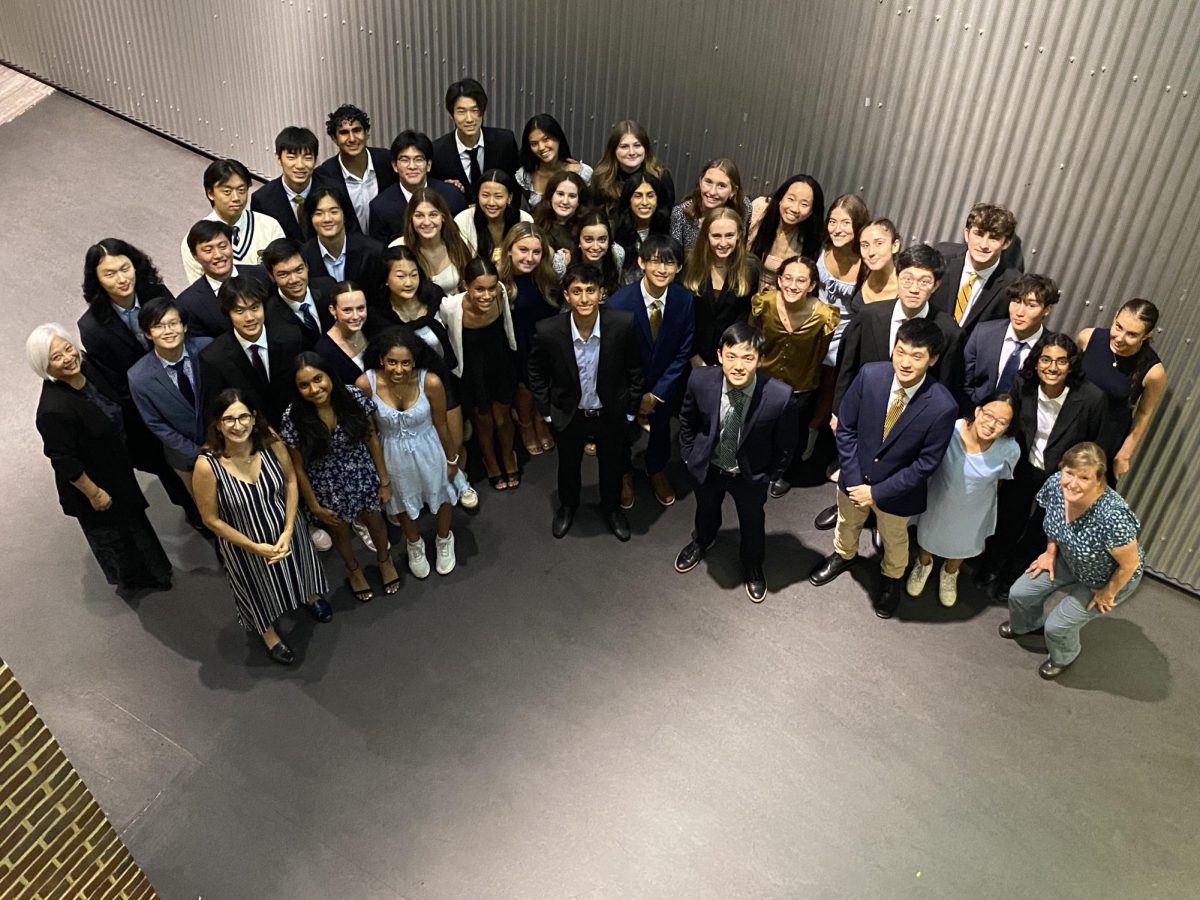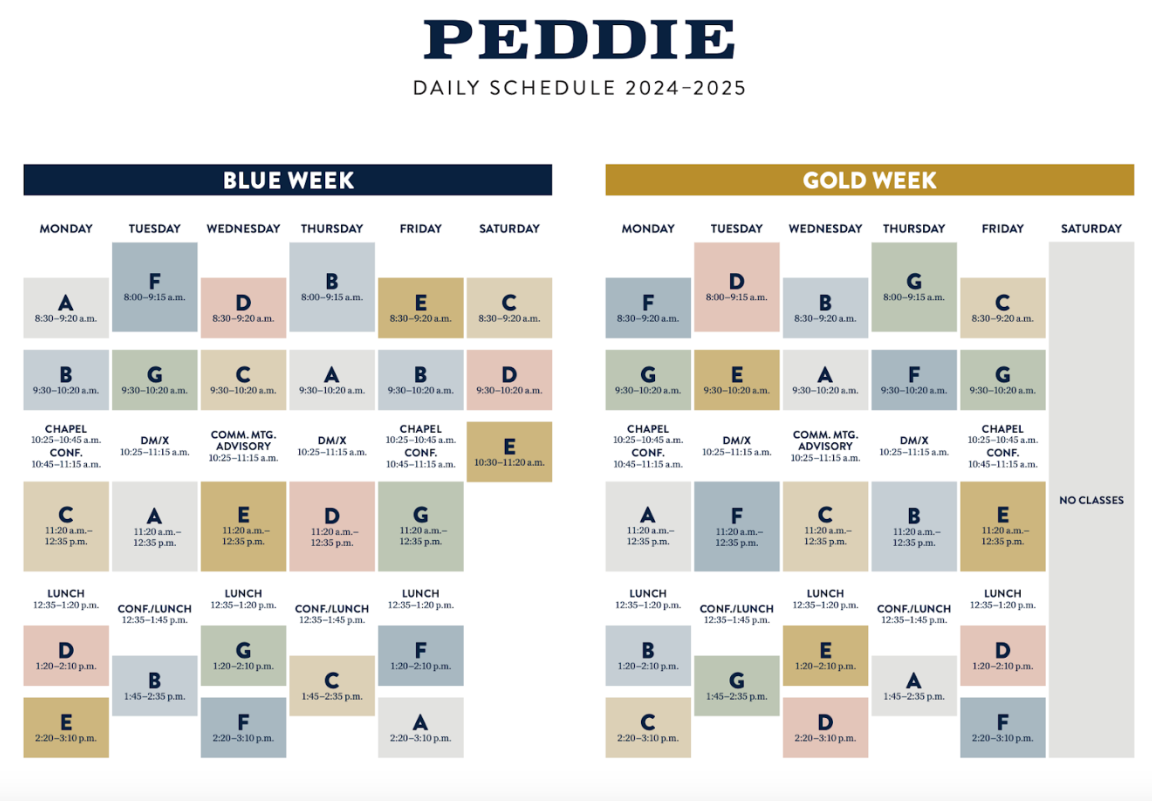Coming across words such as GABAergic DRN, 5-AZA-CdR, MHC-I, CLL-1 CAR T, IGF2 in MEN1, FOG2 S657G might pass through your occipital lobes in your cerebrum (that is the brain, for simplicity) as silly gibberish as you smile at your fellow classmates presenting their EXP posters. You nod your head with respect as though you could possibly possess that same knowledge they are now presenting to you after seven long weeks of researching and experimenting at universities and colleges, while the information buzzes in and out of your ears. Or maybe not. You might find yourself to be very attentive if you happen to be a really passionate person in STEM, or if you happen to be the parent of that oh-so-very passionate child in STEM.
Well, for those of you who were a little confused during the presentations of EXP night on September 27, like Mr. Michaels, who uttered in distress, “He’s on a whole different level!” as his advisee Keaton Chien ’25 presented his experience, here are the basics of how EXP night went through the eyes of the coordinators, presenters and the viewers.
So, what is the Science Department’s Signature Experience in Research Science (STEM-EXP) program really about? Here is how Dr. Peretz, the founder of this unique opportunity to Peddie, responded:
“There are many signature experiences, including EXP, which is lab science, and Comp Sci, which is computer science. EXP students prepare by reading primary literature and writing a research summary, while Comp Sci students prepare by building on their computer science knowledge. EXP is unique to Peddie. We started it in 2011 with six students. We have had over 300 students since that time. Since students are allowed to reach out to any university lab in the world, we have had students join labs in Bermuda, Australia, the UK and all over the U.S. So, the extension to various colleges is driven by student interest. Students can apply to all signature experiences in the winter of their 10th grade year.”
With so many available options in choosing what school and what topic to research, it isn’t surprising to find a variety of selections in the students’ presentations, from performing western blots to solving a cold case through forensics to building robots with markers.
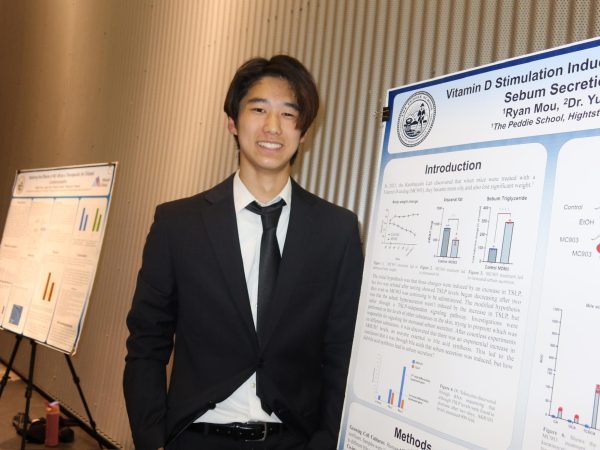
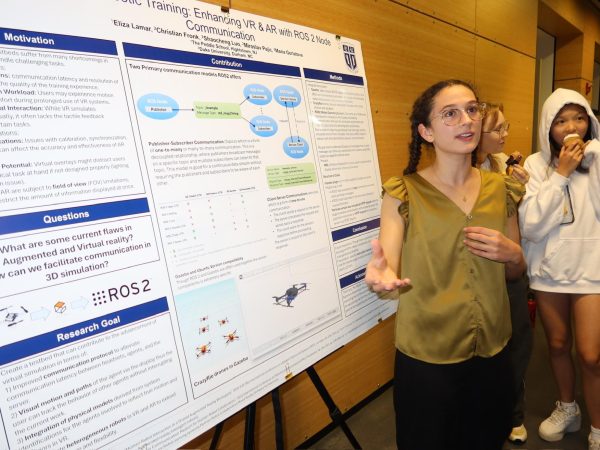
With an overall foundation of what the Science EXP is all about, it’s time to dive deeper into one of the student’s experiences:
Keaton Chien ’25 went to Duke University in Durham, North Carolina, for his research on small-cell lung cancer. He met some Peddie students there as well, such as Connor Pawlizack ’25 and Eliza Lamar ’25. Chien’s residential life at Duke differed from others in that he lived there with his whole family. He was particularly thankful for having the basic necessities while living in North Carolina. “I had a bed, I had a kitchen, I had a gym, and my mom cooked for me,” Chien said. Chien also enjoyed plentiful dining options at Duke with his lab mentors Maria Xu and Yurika Sakai.
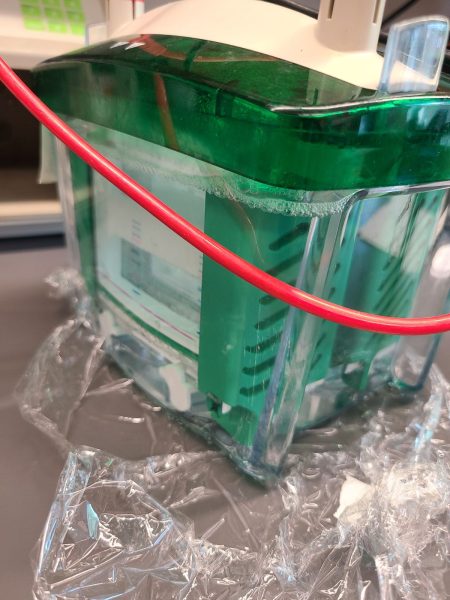
When you first see the title of Chien’s lab science poster, “Subtype-Specific Defects of MHC-I Surface Expression in Small Cell Lung Cancer,” your reaction might be like Mr. Michaels, thinking how could we possibly understand the whole concept of what these clumps of words mean. But if you take the time to listen, you can extract a much broader idea rather than trying to understand all the science behind it. Shortly after an introduction of Chien’s topic, Chien used words such as “MHC-I (Major Histocompatibility Complex),” “ASLC1” and “Interferon-γ,” which can start to make one daydream. However, after moments of clarification, you might come to a much simpler summary of his topic: Chien investigated defects of proteins involved in making MHC-I, which are essentially like name tags of cancer cells that enable your immune system to show a response among three different subtypes of small cell lung cancer. Chien performed western blotting, a lab technique used to detect a specific protein among a jumble of other proteins; and in this case, the presence or absence of the proteins making MHC-I could explain why each subtype responds differently to immunotherapy.
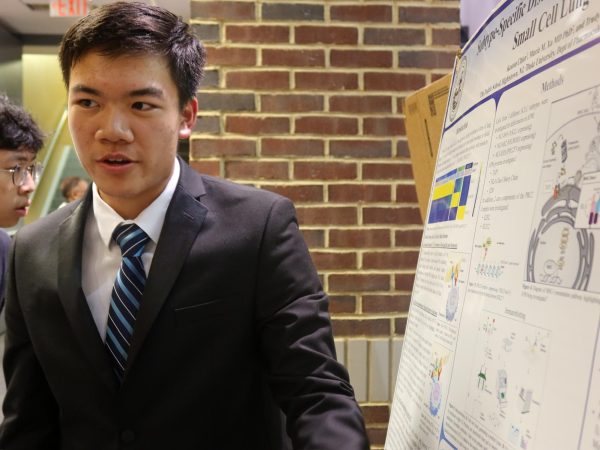
About 400 miles away from Durham, we find Sarah Tong ’25 working on her lab science EXP at Children’s Hospital of Philadelphia (CHOP). There, she stayed at a student apartment only a fifteen-minute walk away from her lab while being in the company of Peddie friends Leena Mirchandani ’25, Emily Diventi ’25 and Lexie Loughran ’25. Tong recalled that it was “really fun and convenient to live in Philly, but also nice that we could go home on Friday afternoons and spend the weekend at home.”

Before starting her journey at CHOP, Tong found the scientific literature to be challenging because it entailed reading a thick packet full of summaries and procedures she would soon have to carry out herself at the lab. She had a similar experience as the viewers during EXP night; Tong was struck with “a bunch of terms that [she] didn’t recognize or understand,” but she learned to overcome this barrier when the people around her “explained the background and why they were doing each thing in simple terms.” In addition, Tong noted that “taking AP Biology helped with reading and understanding papers” as well.
Tong’s interest in medicine, specifically pediatrics, is what drove her decision to pursue her research topic on “CLL-1 CAR T Cells as Treatment Against CLL-1 Overexpression in JMML,” which focused on a rare disease in the bone marrow called juvenile myelomonocytic leukemia (JMML), which mainly affects young children around two years old. A simple description of JMML is the following: “In JMML, the bone marrow not only produces too many monocytes (a kind of blood cell that fights off infections) which crowds the bone marrow, but also makes abnormal monocytes that cannot function properly. Currently, treatment for JMML relies heavily on allogeneic hematopoietic cell transplantations (HCT), improving long-term survival to only around 50%. For HCT, a patient receives bone marrow from a genetically similar donor. However, graft-versus-host disease (GVHD) can occur as a result and can be fatal. This is when the donated blood cells attack the patient’s own cells, thinking the patient’s cells are foreign.”
Bear with me as we go through a series of clarified acronyms Tong described in her lab. “CLL-1 CAR T Cells” is the first part of her title. She explained that CLL-1 chimeric antigen receptor (CAR) T cells are the possible target treatment option. “CLL-1 is an overexpressed marker in certain leukemias, such as JMML. CAR T cells are genetically engineered T cells that target and kill cancer cells. Because JMML cannot be grown in vitro, CLL-1 CAR T cells will be tested on SEM and U937 cell lines. U937 is an AML cell line that can be grown in vitro and has an overexpression of CLL-1, as does JMML. SEM, on the other hand, is an acute lymphoblastic leukemia (ALL) cell line that does not have an overexpression of CLL-1. As such, CLL-1 CAR T cells are expected to be effective in killing U937 cells, but not for killing SEM cells.”
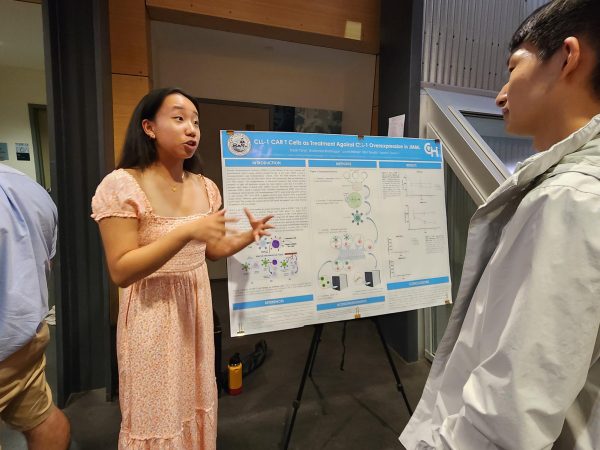
Now that the title of Tong’s lab has been carefully dissected to simply being about the expression of certain cells and acronyms for the treatment and disease, we see how fundamental explanations behind unfamiliar words or acronyms can help students, teachers and parents alike to achieve a much more crystalline understanding of all those terms that we may not initially recognize or understand.
So, now that we have looked at some Science EXP posters let’s see what some of the visitors at EXP night thought of these thorough and scholarly presentations.
Mrs. Berrettoni found that although “[the students] are being as clear as they can be … the science is not approachable. The students who work with applicable science (the dogs, a student who worked with hearing impaired students to improve their lives) are the kids whose research resonates with me.” She went on to say that Sofia Romanelli ’25 “clearly explained her research on epilepsy” and “was unflappable when I began worrying about little mice with screws in their little brains.” In addition, Mrs. Berrettoni gave a shout-out to another student who “wrote the code to help standardize dog training which will make it easier to do and … drive down the cost for people who use dogs to help them.” In other words, Mrs. Berrettoni found that research involving more familiar and well-approached topics, such as experimenting with how animals can shape and improve people’s lives, helped her connect to their projects better.
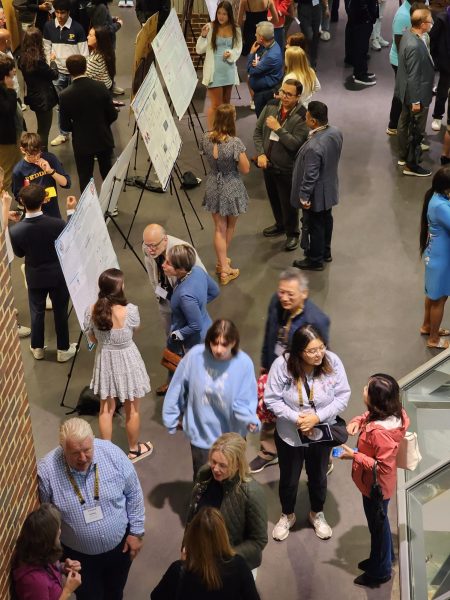
This positive feedback on the night continued as Mrs. Onion complimented the students. “This was an amazing evening,” he said. “I loved the presentations and the diversity of studies.”
Similar to Mrs. Berrettoni and others, Mrs. Onion found it “hard to decipher the scientific language into understandable terms of lay people” as some students had difficulty “speaking without using the scientific jargon they had grown accustomed to during their EXP experience.” Nonetheless, Mrs. Onion understood a good amount of some of the more complicated presentations as she had some background in her studies as well. Ms. Rodrigue also commented, “While I didn’t understand every presentation, I saw the presenters’ enthusiasm for their summer work and recognized the valuable experience they had. I enjoyed the dog sniffing lab, the bird olfaction, and, being a cancer survivor, the ongoing research into cures for cancer.” To sum it up, “the diversity of information and the nuanced differences of similar information” Mrs. Onion mentioned and seeing the “presenters’ enthusiasm” Ms. Rodrigue acknowledged, truly made it a compelling night to remember.
As this year’s 2024 Science Signature Experience Night came to an end, attendees took the time to reflect on the experience from all aspects of the start, process, and showcase – resulting in a wonderful experience for many.


